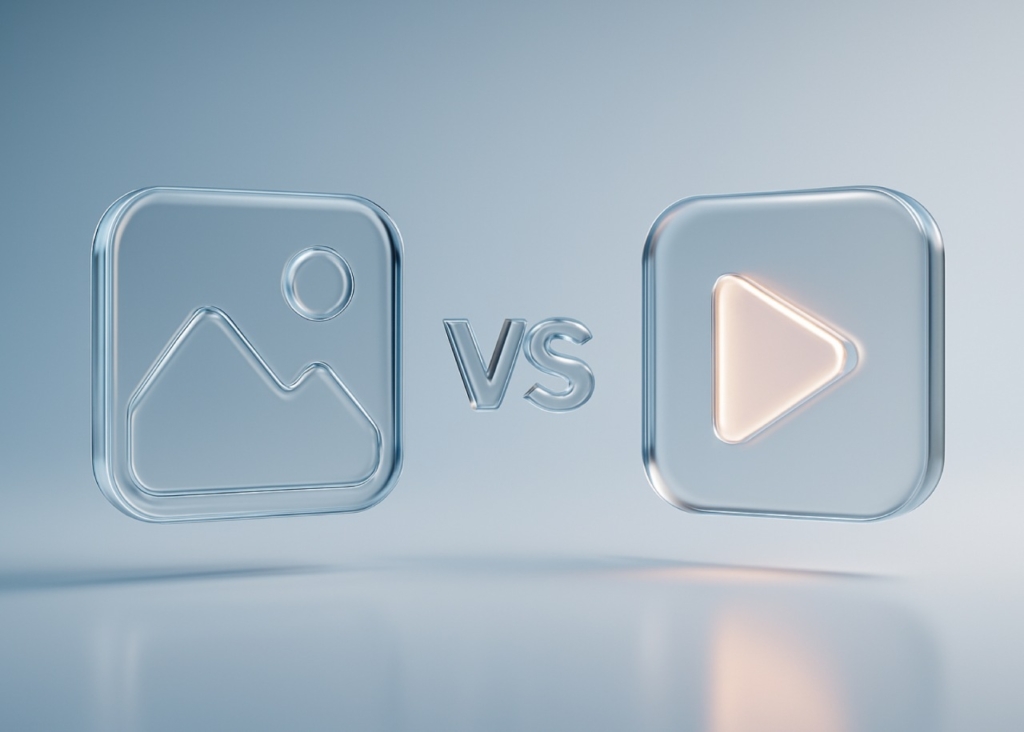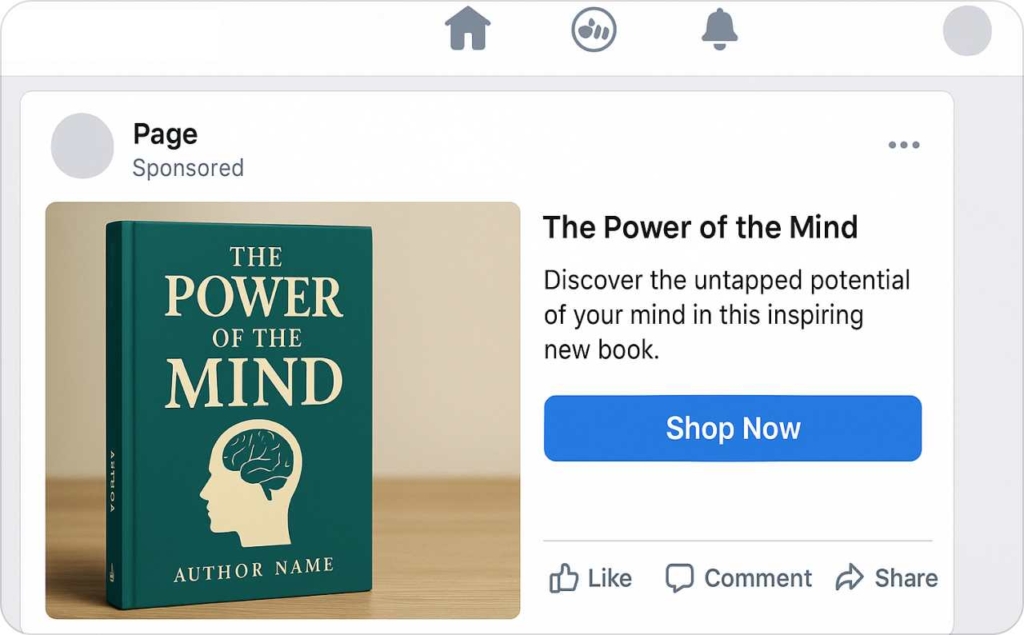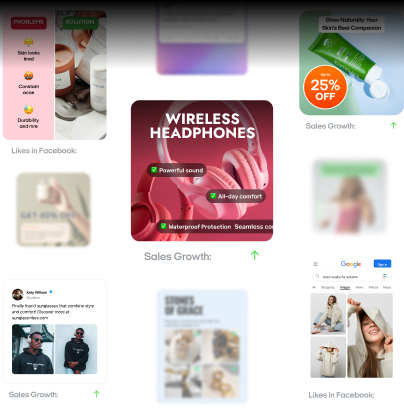UGC creators vs. AI UGC vs. Influencers: The ultimate comparison
Not sure who drives better results: UGC creators, AI-generated content, or influencers? Zeely AI breaks down the pros, cons, and real performance insights to help you choose wisely.
If you’re navigating today’s digital marketing transformation, you know how important it is to balance authenticity and scalable content. That’s where UGC creators, AI UGC, and influencers each play a role. Whether you’re focused on ROI measurement, campaign management, or legal rights, choosing the right approach can make all the difference.
UGC creators excel at fostering an organic reach through authenticity in digital marketing, yet may require careful oversight to safeguard content licensing and moderate user submissions. Influencer marketing can scale your brand’s presence rapidly but often comes with higher influencer ROI thresholds and the potential for appearing overly promotional. And although AI UGC addresses scalability head-on, it might fall short on human nuance, posing a risk to perceived credibility and consumer trust.
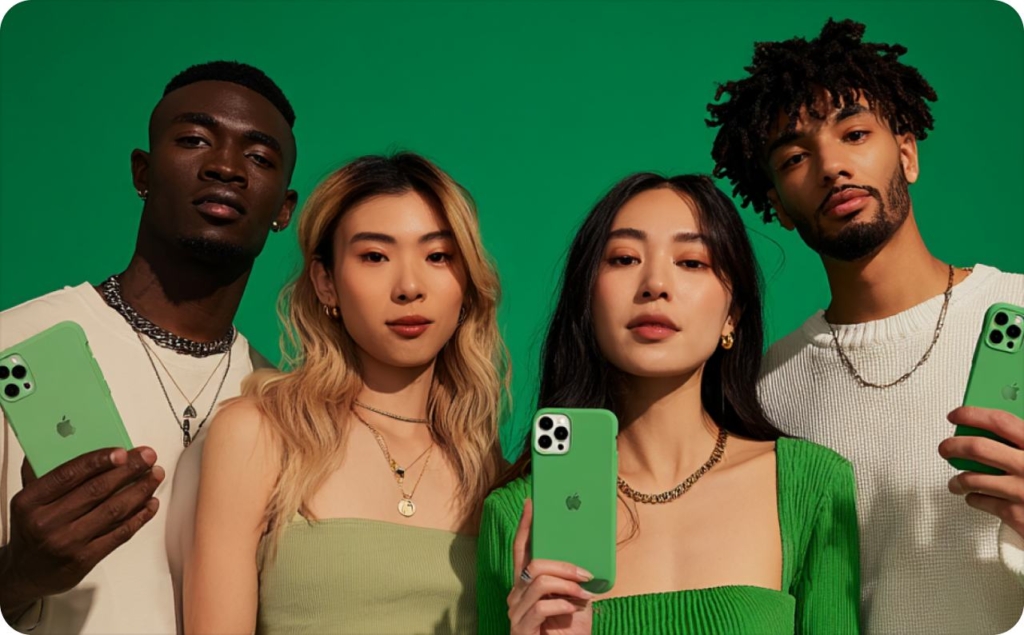
What you’ll learn
In this guide, you’ll get:
- A side-by-side analysis of UGC creators vs influencers, including cost, engagement metrics, and brand control.
- An AI UGC vs influencers comparison, exploring whether automated content can truly match the impact of human-generated testimonials.
- Actionable tips on integrating emerging AI UGC trends into a hybrid content strategy without sacrificing authenticity.
By the end, you’ll understand how these three approaches fit into the ever-evolving world of user-generated content vs influencer marketing, and how to select the best path for your digital marketing goals. Let’s dive in and explore the future of data-driven analysis and content strategy for your brand.
Understanding the key players
In this guide you’ll encounter three distinct yet interrelated strategies: UGC creators, influencer marketing, and AI-generated content. Each approach influences brand messaging consistency, authenticity, and ROI measurement in its own way. By clarifying who does what and why it matters, you can align scalability with genuine consumer trust throughout your campaign management.
What are UGC creators?
UGC creators are real customers or freelance contributors who produce user-generated content like product reviews, peer-to-peer endorsements, and authentic testimonials rooted in their genuine experiences.
Rather than crafting polished ads, these grassroots marketers showcase social proof by sharing relatable stories that resonate with everyday consumers. This approach is often cost-effective and can yield a steady stream of organic content, especially if you leverage enthusiastic brand advocates from your existing community or specialized marketplaces.
As of 2025, 93% of marketers using UGC said it outperformed traditional branded content. When working with UGC creators, you’ll need clear contracts that specify content rights, usage terms, and any moderation guidelines to maintain brand safety. Keep in mind that UGC creators might have smaller audiences than mainstream influencers, yet they excel at fostering credibility through genuine user testimonials — an essential facet of authenticity in digital marketing.
What is influencer marketing?
Influencer marketing utilizes brand influencers, often seen as social media personalities or brand ambassadors, who have loyal followings on platforms like Instagram, TikTok, or YouTube. According to Shopify, it is a $24 billion industry, with brands projected to spend $9.29 billion on influencer campaigns in 2025.
Instead of merely generating content, these influencers rely on their personal brand and audience loyalty to drive engagement metrics and boost visibility for your product or service.
Strategies may include sponsored posts, giveaways, or behind-the-scenes glimpses, each designed to integrate your offerings into the influencer’s lifestyle. Despite the potential for high-impact exposure, influencer campaigns can be expensive and occasionally risk brand mismatch if the influencer’s persona clashes with your core values.
To measure influencer ROI, consider deploying trackable links, promo codes, or specialized analytics tools that align with your data-driven approach to campaign management. Ultimately, influencer marketing can amplify brand awareness rapidly, but you’ll need to balance costs, vet potential partners for authenticity, and ensure each collaboration supports long-term consumer trust.
What is AI UGC?
AI UGC refers to machine-generated content, including text, images, or videos, that are created through AI content tools and automated content platforms. This process promises algorithmic authenticity by producing scalable content rapidly, making it ideal for tasks like FAQ sections, product descriptions, or high-volume social scheduling.
Shopify claims that 63% of marketers plan to use AI in influencer campaigns in 2025, leveraging machine learning to find the right influencers and distribute content more efficiently. To maintain brand messaging consistency and avoid seeming robotic, consider pairing AI UGC with user testimonials or influencer endorsements.
This hybrid approach harnesses the efficiency of digital automation while preserving the warmth of real-world experiences. When used strategically, AI UGC video ads for e-commerce can reduce content costs, increase campaign scalability, and free your team to focus on higher-level creative strategy.
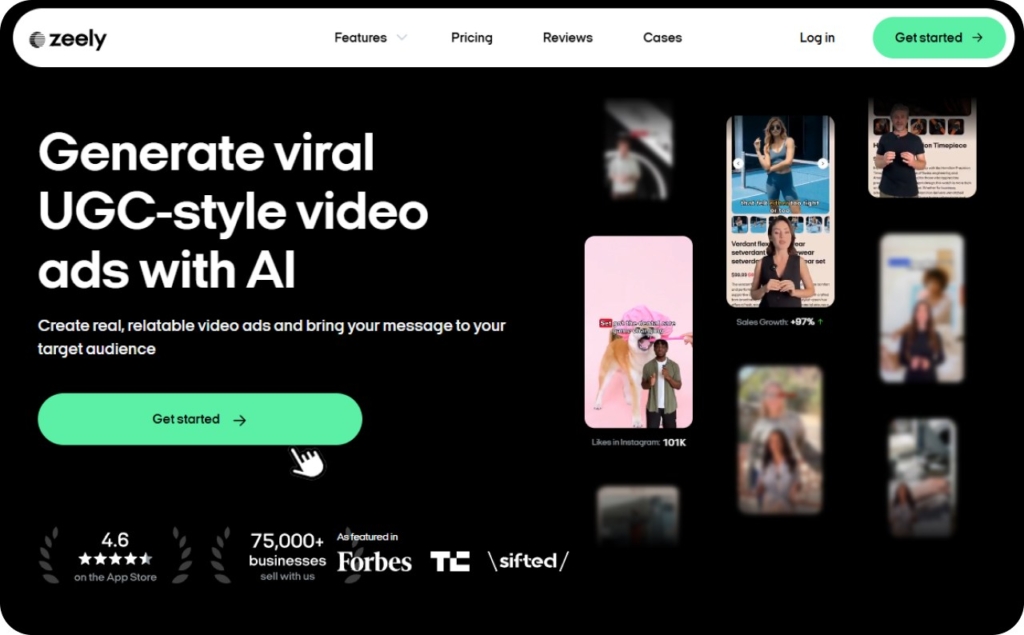
Evolution, trends and data-driven insights in digital marketing
The decisions about UGC creators, influencer marketing, and AI UGC are crucial for balancing authentic brand experiences, scalable content, and effective ROI measurement. As consumer trust evolves, data-driven insights have become key to understanding which approach resonates best in your marketing environment.
Changing consumer behavior and hybrid models
According to Nielsen’s Global Trust in Advertising report, more than 83% of today’s audiences value grassroots marketing and transparent messaging over purely aspirational ads. While influencer marketing still delivers quick reach, especially on high-engagement platforms like TikTok and Instagram Reels, skepticism around overtly sponsored posts has grown. This shift drives more brands to blend UGC with influencer campaigns that feature brand ambassadors capable of narrating relatable stories.
One illustration comes from ASOS’ #AsSeenOnMe, a case study that proved how grassroots UGC, combined with curated influencer spotlights, boosted consumer trust and doubled engagement. This synergy underscores the importance of market growth statistics and data analytics in pinpointing tactics that not only capture attention but also foster long-term loyalty.
Case studies and quantitative benchmarks
Recent Statista market data demonstrates a substantial increase in influencer marketing budgets, with the global market value rising from nearly $10 billion in 2020 to over $24 billion in 2024, signifying about a 140% increase over four years. Yet UGC vs influencer ROI remains context-dependent.
For instance, fashion retailers might see stronger returns by inviting user endorsements on social channels, while tech brands could benefit from micro-influencers who specialize in product reviews.
By leveraging data visualization — charting engagement rates, click-through metrics, and conversion funnels — you can refine your data-driven content strategy and back your decisions with actionable insights.
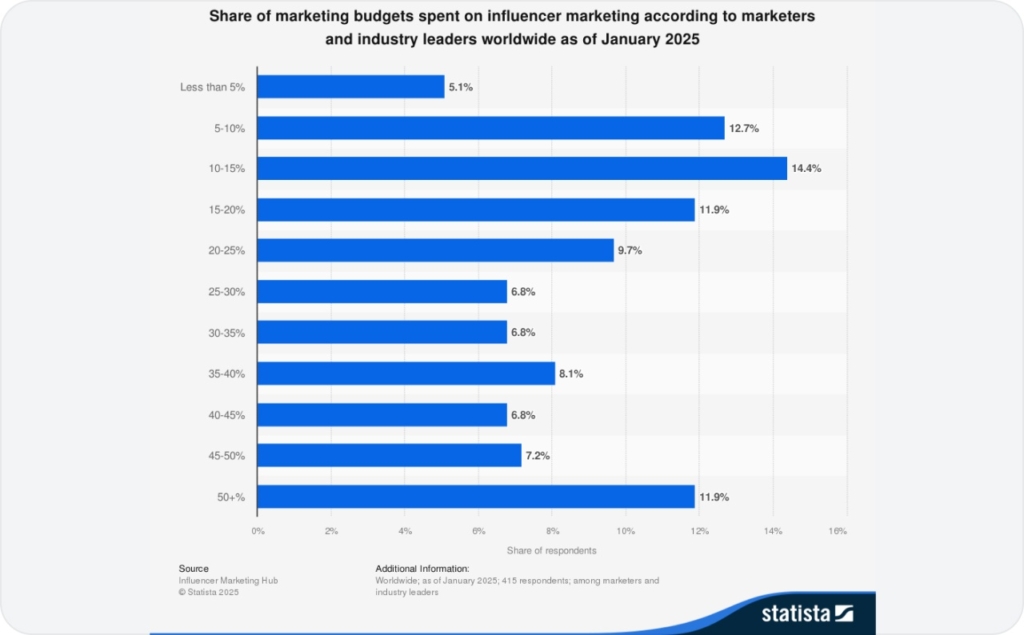
Photo source: Statista
Integrating AI in content creation
Another emerging trend involves AI UGC, where automated content tools generate everything from FAQ responses to social media captions at scale. While this method enhances efficiency and drives scalable content, it risks losing the emotional nuance that fosters genuine brand connection.
Balancing algorithmic authenticity with human oversight is critical. AI might handle routine tasks, but real voices still matter when addressing more personal aspects of your brand. By combining emerging AI UGC trends with grassroots marketing and influencer partnerships, you’ll keep authenticity at the forefront of your digital evolution.
Looking ahead
As you plan for the next phase of your digital marketing evolution, focus on consumer insights gleaned from real-time analytics and research-backed strategies. Whether you cultivate engaged UGC communities, partner with brand ambassadors on social platforms, or embrace machine-generated content for high-volume tasks, grounding every choice in ROI measurement and consumer trust will ensure you adapt seamlessly to market demands.
Leveraging case studies like ASOS, along with Statista or other reputable data sources, helps you visualize trends and validate which combination of UGC, influencer marketing, and AI UGC drives sustainable growth for your brand.
In-depth comparison: UGC creators vs. AI UGC vs. influencers
Effectively combining UGC, AI UGC, and influencer marketing can have a significant impact on your brand’s authenticity, scalability, and ROI measurement. This section provides a detailed look at content distribution, trust and credibility, cost efficiency, and legal obligations across these three approaches.
Content distribution and audience engagement
Understanding how each content channel reaches and interacts with your audience is vital for maximizing organic reach and sustaining engagement metrics.
- UGC creators
UGC contributors share personal experiences and testimonials on their social profiles or specialized online communities. This grassroots marketing format often appears more authentic and less overtly promotional, attracting consumer trust. However, because the content is voluntarily shared, you might have limited control over timing or messaging. Providing clear repurposing guidelines helps you streamline distribution to your official platforms, ensuring consistent branding across channels - AI UGC
AI content tools automate the creation and publication of posts, captions, or short videos at scale. This approach excels in multichannel distribution strategies, pushing out uniform messaging across platforms like Instagram, Twitter, and your brand’s blog. Although algorithmic authenticity can maintain brand voice, purely automated text or visuals may yield lower user comments and shares. To analyze engagement effectively, track average dwell time, CTR, and bounce rates, then refine your AI scripts based on audience response - Influencers
Influencer marketing taps into social media algorithms and loyal follower bases to deliver swift visibility. Large-scale influencers may generate massive reach on TikTok or Instagram, while micro-influencers tend to see stronger engagement but smaller audience volumes. Because influencers control when and how they post, distribution can be unpredictable — yet this unfiltered approach can spark buzz if your product aligns with the influencer’s niche. Always assess content engagement metrics like likes, shares, and comment sentiment to validate success
Influence, trust, and credibility
Which strategy fosters deeper brand credibility and consumer confidence? Each method offers unique benefits when building authentic endorsements.
- UGC creators
Real customers or brand fans sharing genuine experiences can serve as potent social proof. UGC comes across as peer-to-peer validation, helping audiences see your product in everyday scenarios. However, brands must maintain authenticity benchmarks by clearly distinguishing between purely organic endorsements and compensated content. Regularly monitor user sentiment in comment threads to verify that trust remains intact - AI UGC
While AI-driven content can appear polished and consistent, it might lack the emotional nuance that builds a genuine connection. Pairing machine-generated authenticity with human input, like quotes from brand ambassadors or real customer feedback, can overcome consumer skepticism. Tracking comparative credibility through surveys or sentiment analysis helps gauge how well AI content resonates compared to human-crafted posts - Influencers
Influencers merge personal narratives with brand messaging, leveraging an existing credibility factor among their followers. When influencers genuinely believe in your product, endorsements feel seamless and authentic. If the partnership is purely transactional or misaligned with their personal brand, you risk undermining consumer confidence. Always verify credibility by checking engagement quality, follower demographics, and the influencer’s history of sponsored collaborations
Cost, efficiency and scalability
Budget constraints, desired ROI, and the need for scalable content heavily influence whether you choose UGC creators, AI UGC, or influencers, or a hybrid approach.
- UGC creators
Typically a cost-effective content strategy, as many fans or micro-creators participate for modest fees, free products, or minimal incentives. Campaign scalability depends on how big your user community is and how well you manage rights clearance. The authenticity boost can be substantial, but oversight and moderation require consistent effort - AI UGC
Automated content platforms often involve higher upfront software or licensing costs but allow you to scale campaigns rapidly. This route is ideal for brands needing large volumes of content, like product descriptions or high-frequency social media posts, where a consistent tone is paramount. While pure automation saves time, you may want to reserve personal storytelling for human creatives to maximize ROI in emotionally charged campaigns - Influencers
Influencer fees vary widely, from micro-influencers charging under $200 per post to celebrities commanding thousands. Despite the expense, influencers can deliver quick, widespread brand awareness, assuming their audience aligns with your niche. Keep in mind campaign management efficiency: negotiating contracts, tracking performance, and providing feedback all add complexity. A well-matched influencer partnership can offset these costs if it drives measurable conversions or brand loyalty
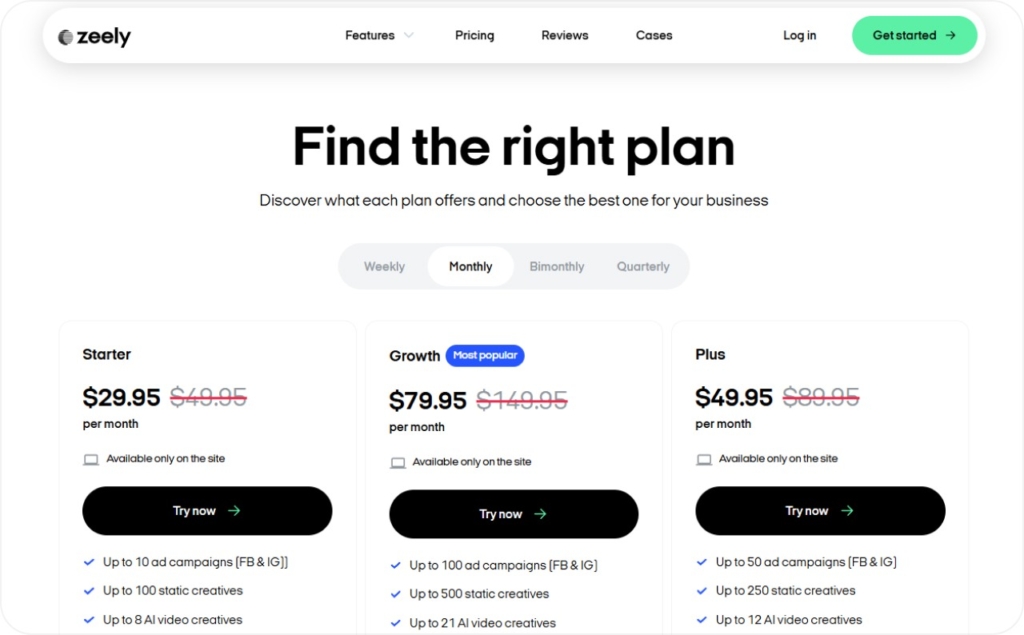
Legal and rights considerations
Navigating content rights management and licensing strategies is critical for protecting your brand while respecting the rights of creators, influencers, and AI platforms.
- UGC creators
You’ll need to outline usage permissions, ensuring legal UGC usage rights when reposting user-generated content for ads or social proof. If any form of compensation is involved, FTC disclosure guidelines require clear labeling of sponsored or gifted arrangements - AI UGC
Confirm that your subscription or licensing agreement for AI content tools covers commercial reuse and distribution across regions. Some automated platforms may retain partial ownership of generated output, so read terms carefully. Disclaimers about AI-produced material can also safeguard against claims of deceptive marketing. - Influencers
Influencer contract guidelines define ownership, brand usage rights, and compliance with local regulations. Failure to disclose sponsored content or promotional partnerships can lead to reputational damage and legal penalties. If your campaigns target international markets, check for platform-specific or region-specific rules on influencer disclosures
Comparison table at a glance
| Aspect | UGC creators | AI UGC | Influencers |
| Distribution & engagement | Grassroots sharing through personal networks, moderate brand control | Automated, multi-platform syndication; may lack personal tone or emotional engagement | Platform-dependent reach; algorithm-driven visibility with unpredictable timing and consistency |
| Trust & credibility | Peer-to-peer authenticity and user-driven storytelling; ideal for relatable, review-style content | Consistent messaging and tone; risk of impersonal or overly synthetic perception | Strong follower influence and credibility if audience fit is aligned; risk of perceived overpromotion |
| Scalability | Scalable with community building or creator marketplaces | High scalability at low marginal cost; ideal for large-volume content production | High cost for large reach; limited scalability due to high fees and bandwidth |
| Legal & rights | Requires signed release forms; must comply with FTC disclosure for sponsored content | Requires commercial use licensing and disclaimers for synthetic/AI-generated output | Requires formal contracts; platform-specific ad disclosures |
| Cost comparison | Avg. video cost: $198. Ranges from $50–$1,000+ depending on format and experience level.Images: $25–$200 eachTikTok reels: $25–$250+71% cheaper than YouTube influencers on average. | Up to 30% cheaper than traditional methods.Ideal for producing 1,000+ videos/week at scale.Example: A fashion brand replaced 100 influencer videos with 1,000 AI videos at lower total cost. | Nano: $100–$500/postMicro: $500–$5,000/postMacro: $5,000–$10,000/postMega/Celebrity: $10,000–$100,000+/postYouTube is highest-cost: $20,000+/video |
By comparing UGC creators, AI UGC, and influencers along these dimensions, you can develop a data-driven content strategy. A balanced approach, incorporating authentic user testimonials, automated tools, and targeted influencer campaigns, often yields the best results, merging grassroots marketing, algorithmic efficiency, and high-visibility endorsements into one cohesive plan.
Strategic recommendations and actionable frameworks for marketers
1. Define clear goals and performance benchmarks
Identify specific KPIs, such as click-through rates, return on ad spend, cost per acquisition, or influencer engagement rates, to measure the ROI of hybrid UGC, AI content, and influencer campaigns.
Your teams can monitor these metrics in real time using Google Data Studio, Sprout Social, or other analytics dashboards that unify data from organic social proof, paid influencer ads, and automated AI outputs.
2. Build a hybrid editorial calendar
Brands need to allocate tasks among smaller teams by designating a “Content Champion” for influencer outreach, an “AI Champion” for automated posts, and a “Rights Manager” for legal oversight on UGC release forms.
Marketing leaders should schedule content, ranging from raw customer testimonials to AI-generated product descriptions and influencer takeovers, in a balanced manner so that brand messaging remains authentic and never tilts too heavily toward salesy or robotic output.
3. Leverage product seeding and cross-promotion
Companies can boost campaign engagement by seeding products to both micro-influencers and loyal users who generate peer-to-peer endorsements.
Marketing teams should repurpose the UGC social ads in brand emails or AI-driven blog content to create consistent narratives.
A health-food startup, for example, integrated OpenAI’s GPT to craft short, uniform captions for user-submitted photos, leading to a 40% spike in total engagement within a month.
4. Implement resource and rights management frameworks
Organizations can centralize legal documents, like UGC contracts, influencer agreements, and AI licensing details, within shared platforms such as Trello, Asana, or Notion.
Marketers should ensure compliance with FTC disclosure rules for sponsored UGC and verify whether AI-generated content requires disclaimers for synthetic media, especially if using advanced solutions like Synthesia for video creation.
5. Test, analyze and refine
Marketing teams must conduct monthly evaluations of metrics such as influencer ROI, UGC authenticity, and AI open rates.
If micro-influencer results outshine celebrity partnerships, decision-makers should shift budgets accordingly, reinforcing the value of a data-driven content strategy that evolves with changing user behaviors.
FAQs, expert insights and future trends
Q1: How can brands prepare for future content trends?
Leading analysts at Gartner report that combining automation with authentic storytelling can yield a 25–30% surge in social engagement.
Forward-thinking teams may also experiment with VR/AR experiences, voice-search optimization, and interactive ad formats on TikTok or YouTube, ensuring alignment with emerging consumer behaviors.
Q2: Which emerging tools should marketers invest in?
Marketers can explore machine learning platforms such as Tagger or Brandwatch for robust influencer analytics and real-time sentiment detection.
Enterprises looking for advanced solutions might utilize Mavrck to handle micro-influencer campaigns at scale or Synthesia to produce AI-driven product videos, each reinforcing brand consistency and multichannel reach.
Q3: What are experts saying about hybrid content campaigns?
Forrester analysts emphasize how product seeding strategies, paired with AI-based analytics and targeted influencer relationships, bolster brand credibility and stimulate higher conversions.
One gaming accessory company, for instance, scaled from five to 50 micro-influencers while employing AI scripts for daily posts, resulting in a 60% gain in both user engagement and recurring revenue.
Q4: How should brands adjust strategies over the next 5 years?
Digital marketing experts predict that strict privacy regulations, advanced synthetic media policies, and evolving short-form video channels will transform the content landscape.
Agile marketers will allocate resources to test new tech, such as VR-based influencer meetups or AI-personalized direct messages, to stay aligned with innovation-led insights and consumer preferences.
Final thoughts
By defining KPIs, structuring a hybrid editorial calendar, combining product seeding with cross-promotion, and ensuring legal compliance, brands can achieve a data-driven content strategy that merges the authenticity of UGC creators, the efficiency of AI-generated content, and the reach of influencer marketing.
Keeping an eye on future trends, including AR, VR, and machine learning analytics, will help marketers sustain momentum and remain competitive in an ever-evolving digital marketing environment.
Also recommended
